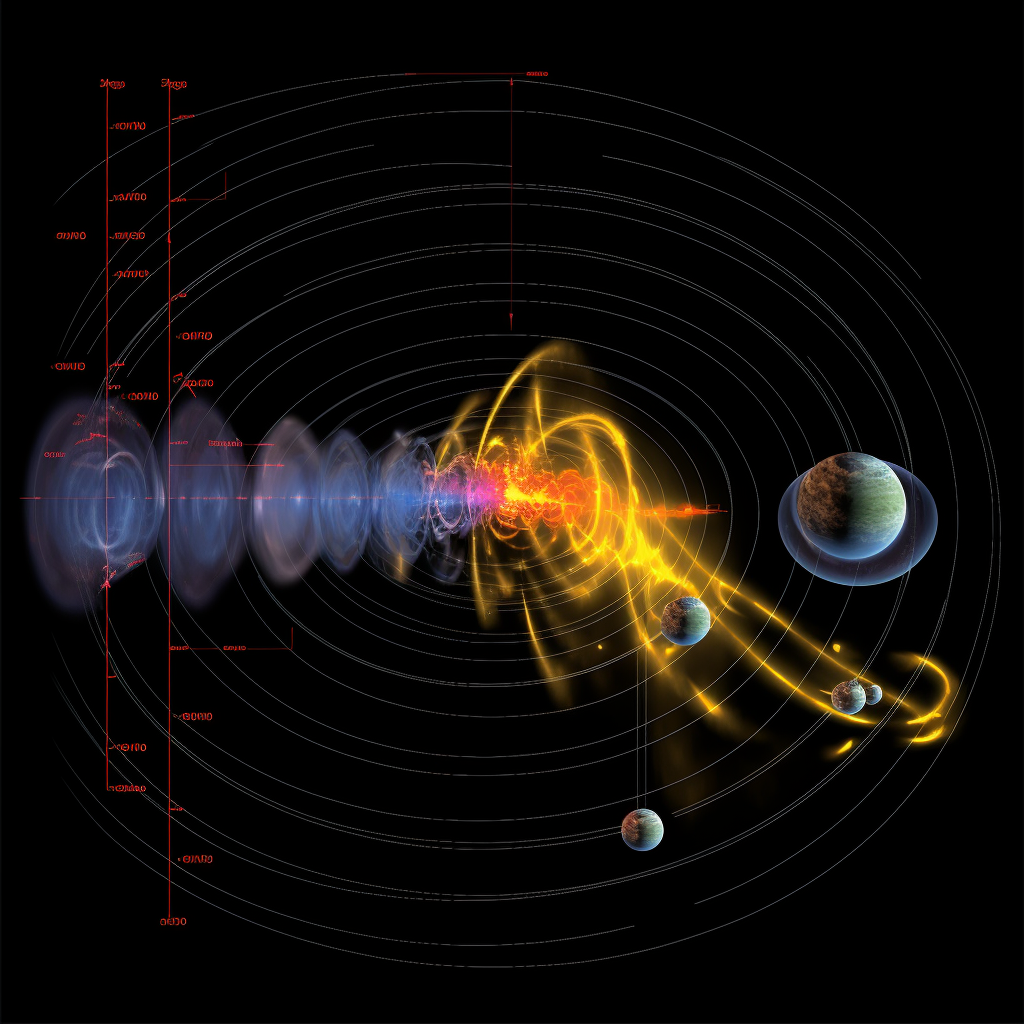Hypothesis: there is only one Heisenberg uncertainty for the entire universe. A ball with a radius of the Planck constant, approximately 10^-35 meters.

Gravity, or the curvature of space that causes the attraction of masses, simply results from the decay of various particles, such as atoms, neurons, or protons. Weak interactions, which are responsible for the decay of particles into smaller ones, also cause objects to fall on a smaller scale, i.e., the curvature of space. Weak interactions also sometimes cause the formation of a particle with a larger mass at the expense of smaller ones. However, this bulging of space is currently impossible to observe. Gravity can now only be observed for cosmic objects.
If decay or mass reduction causes the sensation of falling into space and the curvature of space, large masses attract each other only because they undergo slow decay. Increasing mass causes the opposite effect, i.e., moving to a higher scale and repulsion. If an object gains mass, it does so at the expense of other masses nearby. If two masses next to each other gain mass, they must repel each other so that one mass does not gain at the expense of the other.
If two masses next to each other lose mass and fall on a smaller scale, they will attract each other to limit decay and gain mass from the neighboring mass.
An interesting phenomenon occurs when two masses with opposite properties are next to each other: one gains mass, and the other decays. Then the larger mass repels the smaller one, and the smaller one attracts the larger one. However, after some time, the larger mass begins to repel more than it attracts the smaller one, leading to oscillations.
The second hypothesis states that in the beginning, there was only uncertainty and energy fluctuations allowed by the uncertainty theory within the Planck constant. Fluctuations cause the formation of a larger object because energy is equivalent to mass (E=mc^2). The mass increases, entering a higher scale, and a deficit is created next to it, which falls into a lower scale and attracts. Oscillation begins, which accelerates until it reaches the critical value described by the formula E=hf (where h is the Planck constant and f is the oscillation frequency). The mass is then expressed by the formula:
m = h*f/c^2
Let’s add that a particle of this mass is created then. Similar to string theory. Since the energy vibrates due to oscillations, the created particle will also oscillate, causing an additional increase in energy and the formation of additional mass from secondary oscillations. And so on, infinitely. This is a geometric series whose sum (energies, or equivalently mass) is finite when:
h*f/c^2 < 1
What will happen when this value reaches 1, of course, the mass becomes infinite, and the Big Bang occurs.
The duration of the singularity, or the Big Bang, is about half the period of this maximum oscillation (otherwise infinity will be exceeded, which is not allowed). The maximum oscillation, f_bb, is:
f_bb = c^2/h ~ 6 * 10^51 Hz
The duration of the Big Bang is t_bb = 2/f_bb ~ 10^-51 seconds.
This infinite matter is ejected from the uncertainty, and our universe was created. This is how matter was created from nothing, or perhaps from the unknown (uncertainty).
That’s all for now.
Bye, wonabru